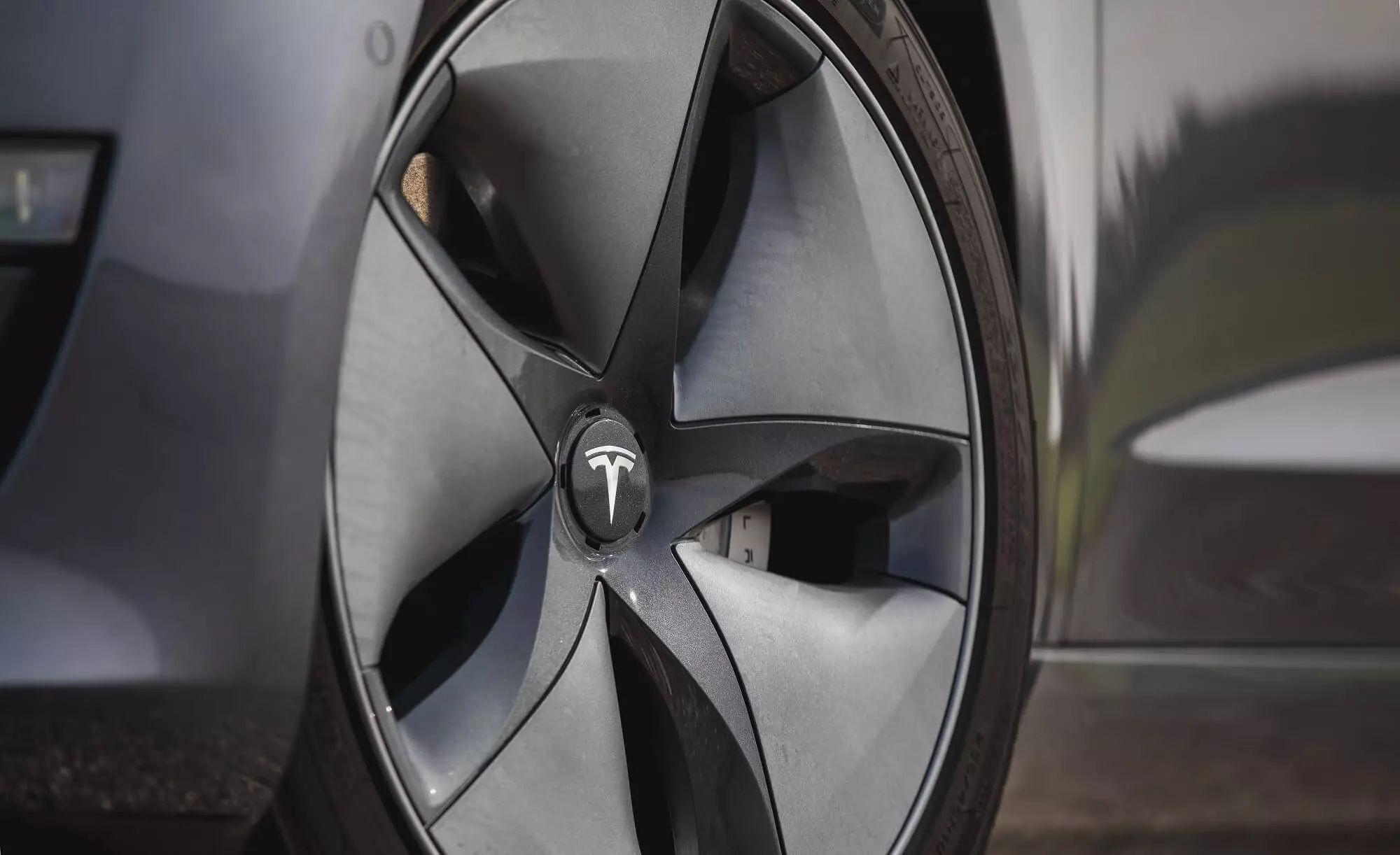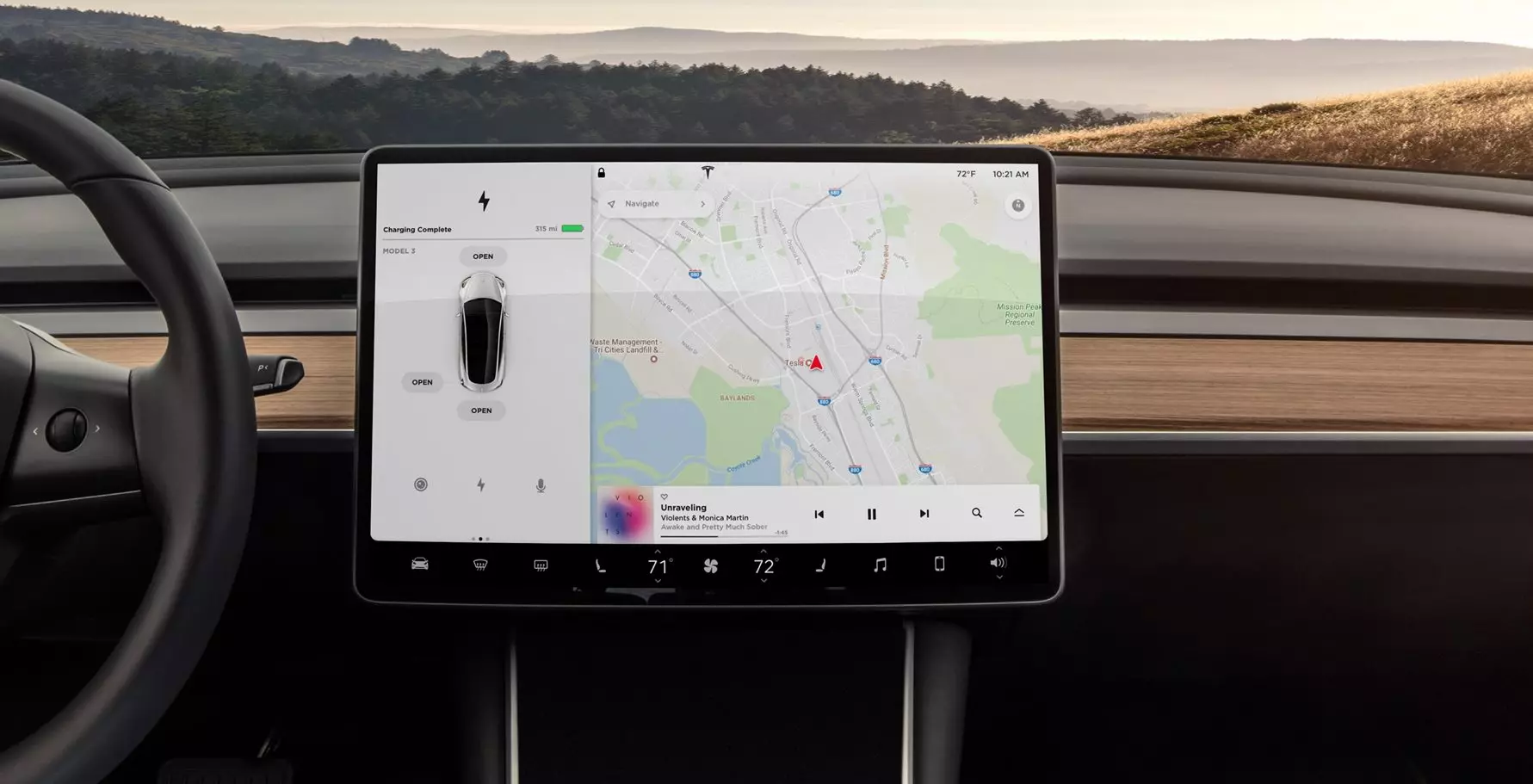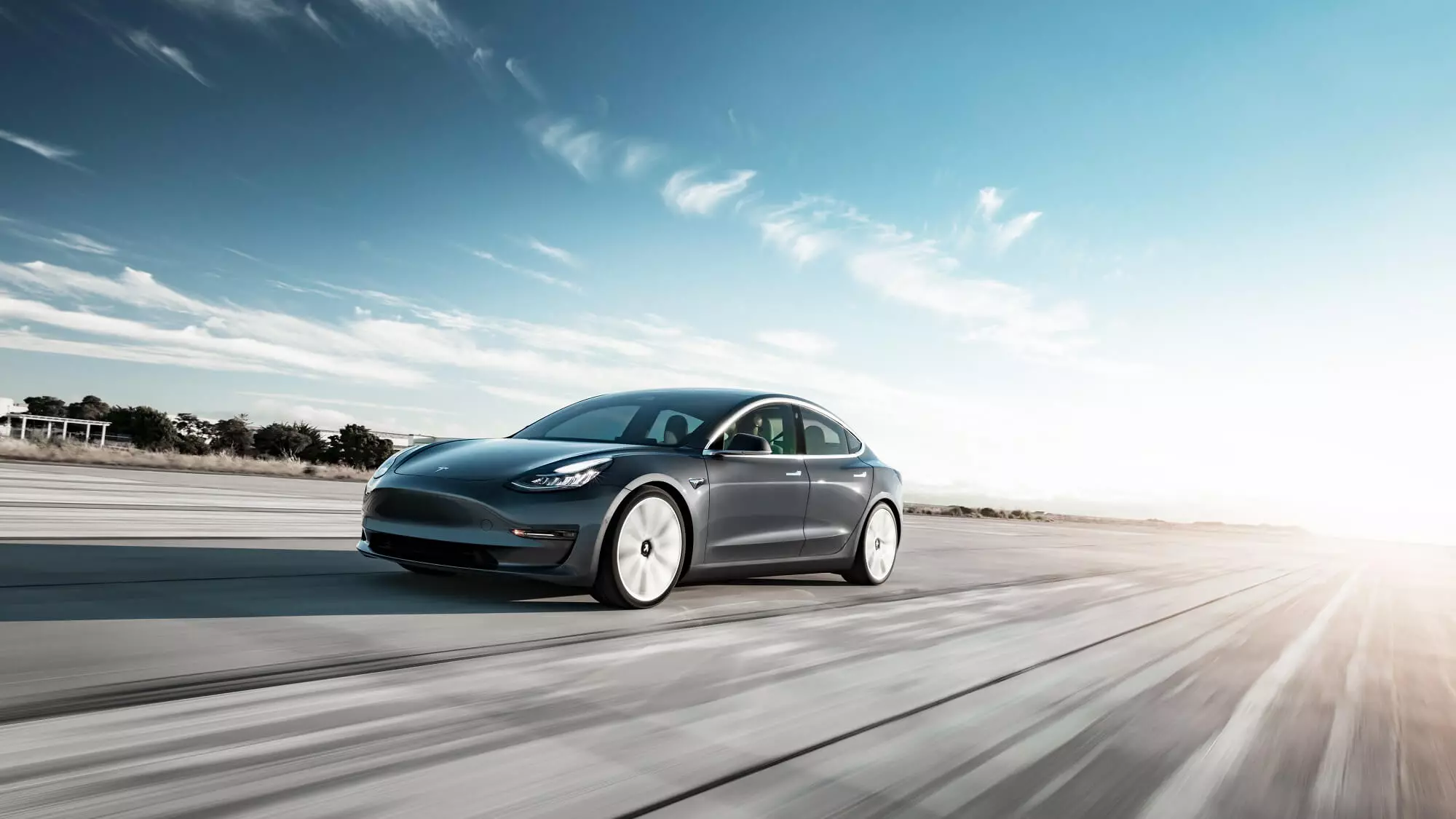Often criticized (and even in questionable taste), in recent years, wheel covers have seen a new function: to increase the aerodynamic efficiency of electric models. One of the best examples of this application appears in Tesla Model 3.
It is true. The 18” aerodynamic wheels that the North American model is equipped with as standard — the so-called Aero Wheels — are nothing more than simple wheel covers that cover much more appealing alloy wheels.
This solution made it possible not only to keep the weight of the wheels low (a light alloy wheel with the same aerodynamic treatment would be heavier), but also to achieve the desired aerodynamic efficiency. For those who don't want this solution, Tesla not only has other wheels, it also has a kit that allows you to expose the alloy wheels.

But would the aesthetic “sacrifice” pay off, or would the Tesla Model 3 do well without the aerodynamic wheel covers? To find out to what extent they fulfill their function, our colleagues at Car and Driver decided to take on the role of “scientists” and went to find out.
test conditions
To gauge the extent to which aerodynamics changes with speed, the test was run at three different speeds: 50 mph (about 80 km/h), 70 mph (about 113 km/h) and 90 mph (about 80 km/h) and at 90 mph (about 80 km/h). 145 km/h).
The measurement of energy consumption was carried out using the Tesla Model 3's on-board computer, with the recorded values being measured in Watt/hour per mile (Wh/mi).

Interestingly, the test carried out by Car and Driver to find out to what extent the benefits promised by the Model 3's wheel caps are real took place on a track at… Chrysler.
Subscribe to our newsletter
With an oval shape and a total of five miles in length (about 8.05 km), the North American publication was able to test a Model 3 Long Range Dual Motor in practically ideal conditions (and with a rigor close to scientific).
So, from ambient temperature to tire pressure, everything was closely monitored to ensure that the data obtained was as reliable as possible.
The results
Starting with the 50 mph test, without wheel caps, consumption was 258 Wh/mi (161 Wh/km), while with the caps it dropped to 250 Wh/mi (156 Wh/km), ie, a 3.1% improvement that allowed the estimated range to go from 312 miles (502 km) to 322 miles (518 km).

When the test was done at 70 mph, the advantages of the wheel caps were once again evident. Consumption falling from 318 Wh/mi (199 Wh/km) to 310 Wh/mi (193 Wh/km), representing an improvement of 2.5% that translated into an estimated range of 260 miles (418 km) in instead of the 253 miles (407 km) predicted without the caps.
Finally, the biggest difference in consumption with and without wheel caps was noted at 90 mph. In this case, there was a variation in consumption of 4.5%, with consumption without the buffers settling at 424 Wh/mi (265 Wh/km) and with the buffers dropping to 405 Wh/mi (253 Wh/km) and the estimated range to be set, respectively, at 190 miles (306 km) and 199 miles (320 km).
In total, Car and Driver concluded that the wheel covers allow an increase in efficiency of around 3.4%. Given these numbers, it's not hard to see why Tesla decided to equip the Model 3 with this type of wheel covers.
